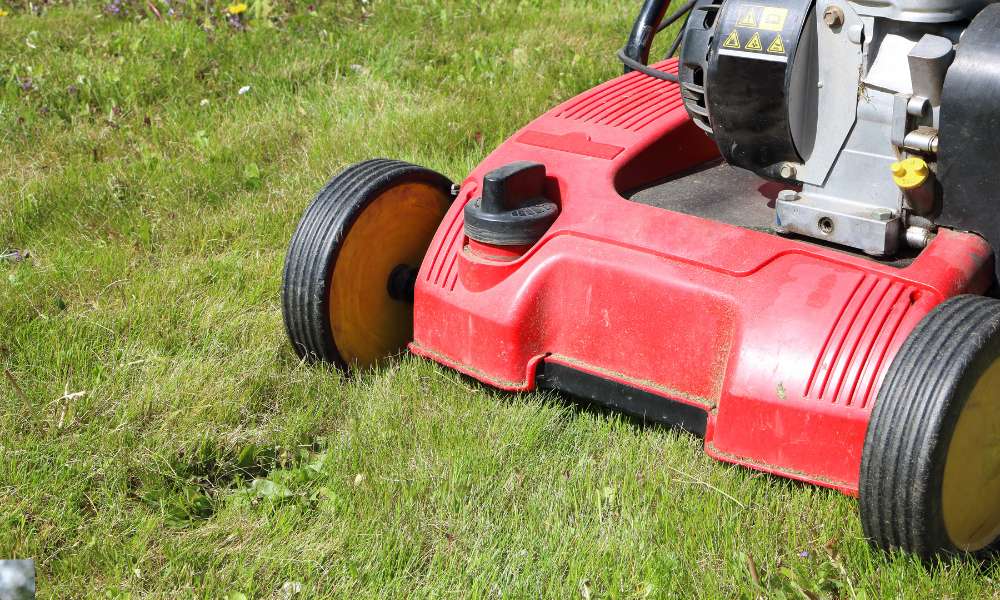Dethatching your lawn is crucial to follow up with proper care to ensure lush, healthy grass. Once you’ve removed thatch buildup, taking the right steps can make a big difference in the overall health and appearance of your lawn. Not only does proper post-dethatching care promote better growth, but it also helps prevent future thatch problems and encourages a more vibrant, green yard. From overseeding to fertilizing, there are several important tasks to tackle after dethatching to maximize the benefits and keep your yard looking its best.
What Is Dethatching Lawn?
Dethatching lawn is the process of removing built-up layers of dead grass, roots, and other organic matter that accumulate on the surface of the soil. This layer, known as thatch, can prevent water, air, and nutrients from reaching the roots of the grass, leading to a lack of growth and overall health of the yard. Dethatching can be done using specialized equipment such as a dethatching rake or machine to effectively remove this layer and promote better yard health.
When Is The Best Time To Dethatch My Lawn?
The best time to dethatch your lawn is typically in the early spring or fall when the grass is actively growing. Dethatching helps remove built-up thatch, which is a layer of dead grass and debris that can prevent water, air, and nutrients from reaching the soil. By dethatching during these seasons, you give your yard the opportunity to recover and grow healthier.
Can I Dethatch My Lawn Myself?
Yes, you can dethatch your lawn yourself with the right tools and techniques. Dethatching is an important part of lawn maintenance as it helps to remove dead grass, roots, and other debris that can prevent water, air, and nutrients from reaching the soil. To dethatch your yard, you can use a dethatching rake or a power dethatcher machine. Make sure to set the blades at the correct height to avoid damaging the grass.
Apply Fertilizer To Promote Growth
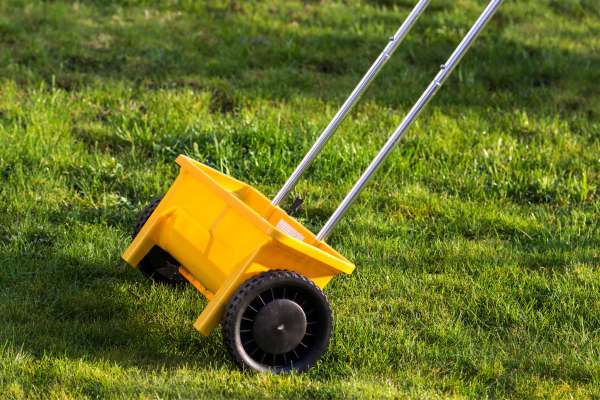
After dethatching your lawn, it’s crucial to follow specific steps to ensure the health and vitality of your grass. One important action to take is to apply fertilizer to promote growth. Fertilizer provides essential nutrients like nitrogen, phosphorus, and potassium, which are necessary for the grass to thrive. By replenishing these nutrients after dethatching, you can encourage robust growth and help your land recover from the stress of the dethatching process. However, it’s essential to use fertilizer properly and avoid over-application, as excessive fertilizer can harm the grass and contribute to environmental pollution. By applying fertilizer at the right time and in the correct amounts, you can support healthy growth and maintain a lush, green yard.
Use Appropriate Pesticides Sparingly
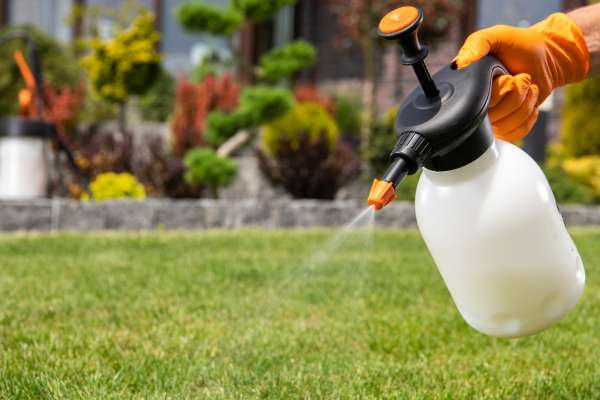
Using appropriate pesticides sparingly is another crucial step in post-dethatching lawn care. While pesticides can help control pests such as insects and weeds, excessive use can have detrimental effects on the environment and human health. Instead of relying solely on pesticides, consider implementing integrated pest management (IPM) techniques, which focus on prevention, monitoring, and targeted treatments. This approach minimizes the use of pesticides while effectively managing pest populations. By using pesticides sparingly and responsibly, you can maintain a healthy balance in your yard ecosystem, preserving beneficial organisms and minimizing harm to non-target species.
Mulch To Retain Moisture
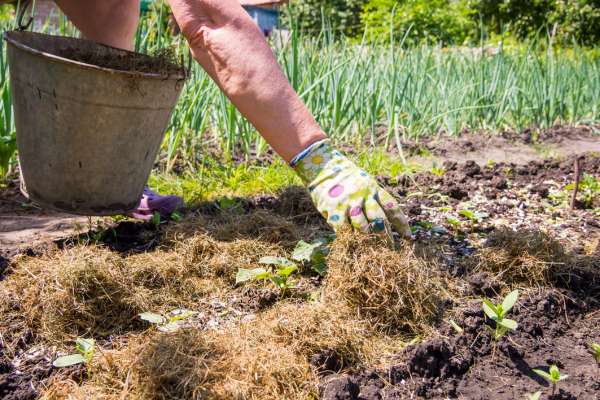
Mulching to retain moisture is also key in post-dethatching lawn care. Mulch helps to retain soil moisture, regulate soil temperature, suppress weed growth, and improve soil structure. After dethatching your lawn, spread a layer of organic mulch such as shredded leaves, grass clippings, or wood chips over the soil surface. This mulch layer will help to conserve moisture and create a favorable environment for new grass growth. Be sure to replenish mulch as needed to maintain a consistent depth of 2-3 inches, and avoid piling mulch directly against the base of plants or grass stems, as this can promote rot and disease. With proper mulching, you can support the health and resilience of your yard while conserving water and reducing maintenance requirements.
Address Soil Compaction
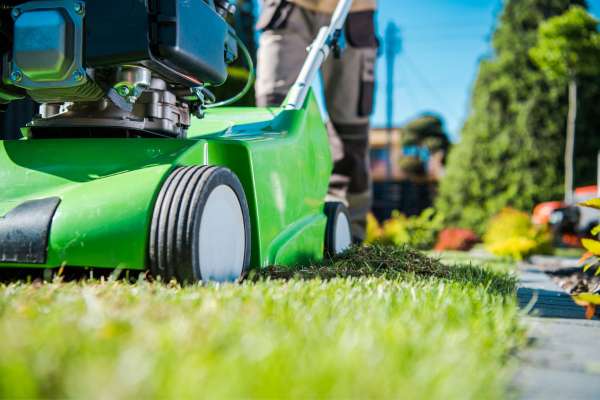
Addressing soil compaction is crucial for maintaining a healthy and vibrant lawn. After dethatching your lawn, it’s important to address any compacted areas to ensure proper water, air, and nutrient flow to the roots of your grass. One effective method is aerating the soil using aeration tools or machines. This helps loosen the soil structure and allows water and nutrients to penetrate deep into the root zone.
Utilizing Organic Lawn Care
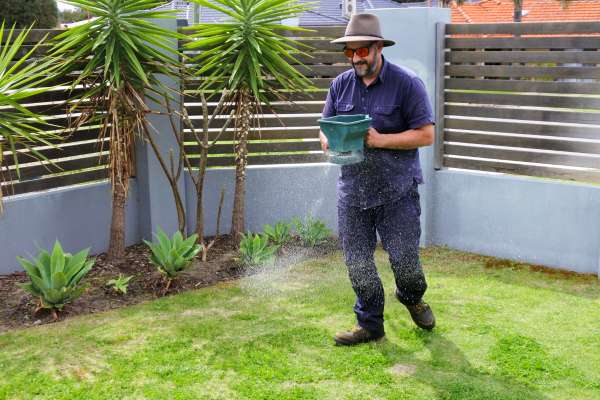
Utilizing organic lawn care practices can also be beneficial after dethatching. Organic lawn care focuses on using natural and sustainable methods to promote soil health, minimize environmental impact, and support biodiversity. Instead of synthetic fertilizers and pesticides, organic yard care relies on organic fertilizers, compost, and biological pest control methods. These organic materials enrich the soil, improve soil structure, and provide essential nutrients to plants without harmful chemicals. By embracing organic lawn care after dethatching, you can create a healthier and more resilient yard that is less dependent on synthetic inputs and more in harmony with the natural environment.
Protect Lawn From Pet Damage
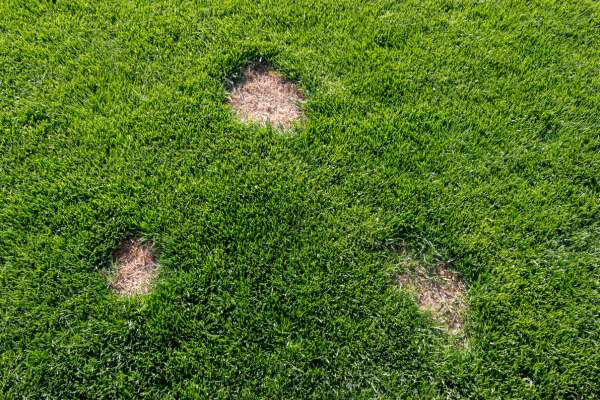
After completing lawn aeration, it is crucial to take steps to protect your land from potential pet damage. One effective strategy is to create designated play areas for your pets away from newly aerated sections. By limiting their access to these areas, you can prevent them from causing any harm while the soil is still fragile. Additionally, consider using natural deterrents such as citrus peels or vinegar sprays to discourage pets from digging or playing in the aerated soil.
Monitor For Signs Of Soil Erosion
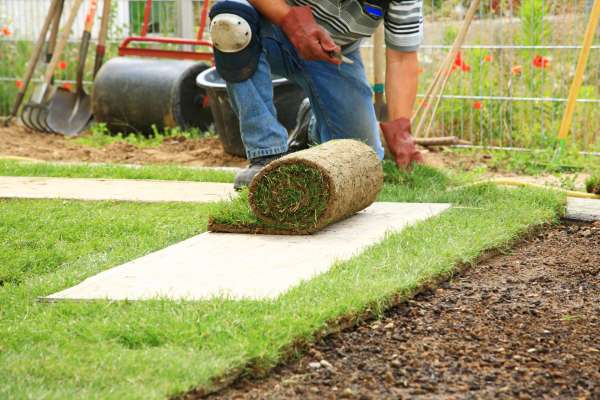
Monitoring for signs of soil erosion is essential after dethatching to prevent further damage to your lawn. Soil erosion occurs when water, wind, or other factors remove topsoil from the surface, leading to loss of fertility, decreased water retention, and increased runoff. Signs of soil erosion include exposed roots, bare patches, and sediment accumulation in low-lying areas. To prevent soil erosion after dethatching, consider implementing erosion control measures such as installing retaining walls, planting erosion-resistant vegetation, and creating swales or berms to divert water flow. By monitoring your lawn regularly and addressing signs of soil erosion promptly, you can protect your soil and maintain a healthy and resilient yard for years to come.
Consider Installing A Sod Lawn
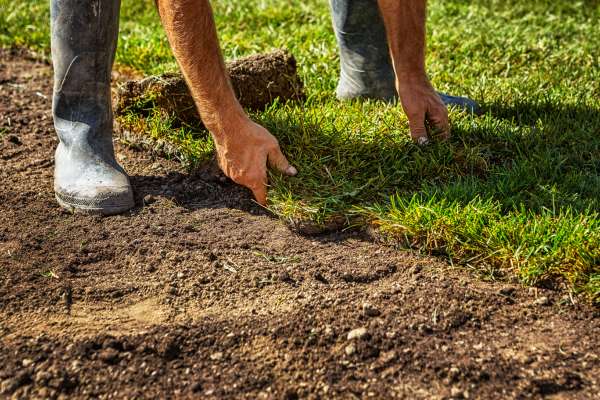
One key benefit of installing sod is its resistance to erosion, making it ideal for preventing soil runoff on slopes or in areas with high foot traffic. Additionally, sod helps control weeds by establishing a dense turf that can outcompete unwanted plants. By following proper maintenance practices after installation, such as regular watering and fertilization, you can ensure your new sod yard thrives and continues to enhance your outdoor space for years to come.
Utilize Biochar As A Soil Amendment
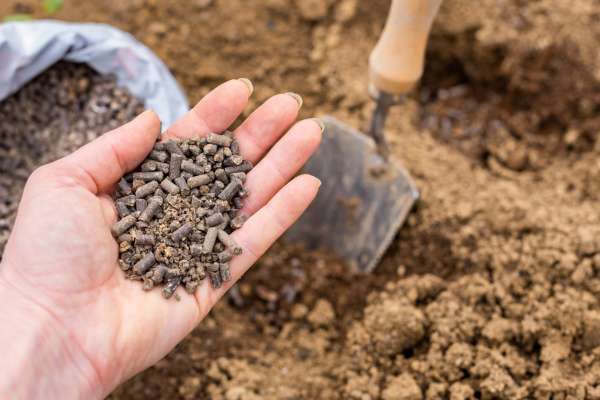
Utilizing biochar as a soil amendment can further enhance the effectiveness of post-dethatching lawn care. Biochar is a type of charcoal produced from organic materials such as wood or agricultural waste. When added to soil, biochar improves soil structure, water retention, and nutrient availability. It also promotes beneficial microbial activity, which helps break down organic matter and release nutrients to plants. By incorporating biochar into your yard soil after dethatching, you can boost soil fertility, increase root growth, and improve overall soil health. Furthermore, biochar can help mitigate climate change by sequestering carbon in the soil, making it a sustainable choice for lawn care practices.
Implement Proper Lawn Renovation Timing
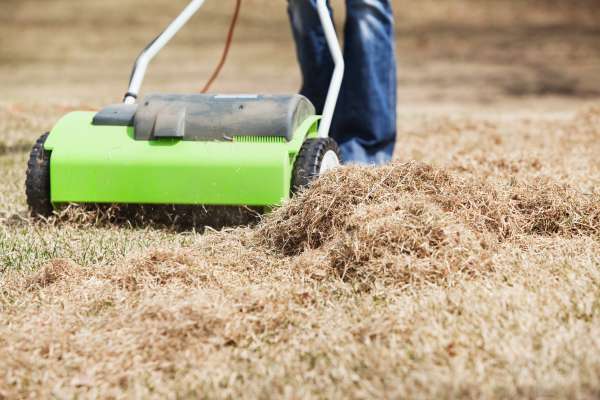
Incorporating proper lawn renovation timing into your maintenance routine is key to achieving lush and vibrant green spaces. The post-dethatching phase presents an opportune moment for aerating compacted soil and addressing any underlying issues affecting grass health. To optimize results, consider setting up a regular schedule for conducting renovations based on your specific climate and grass type. With mindful planning and timely action, you can transform even the most lackluster lawns into thriving landscapes that enhance curb appeal and promote environmental sustainability.
The Final Thought
Applying fertilizer to promote growth, using appropriate pesticides sparingly, and mulching to retain moisture are essential steps to take after dethatching your lawn. By following these guidelines, you can support the recovery of your lawn, encourage healthy growth, and maintain a lush, vibrant landscape. Remember to choose fertilizers and pesticides carefully, follow application instructions diligently, and prioritize environmentally friendly practices to promote long-term sustainability and the health of your lawn ecosystem. With proper care and attention, your dethatched yard can thrive and flourish, providing you with enjoyment and beauty for years to come.
